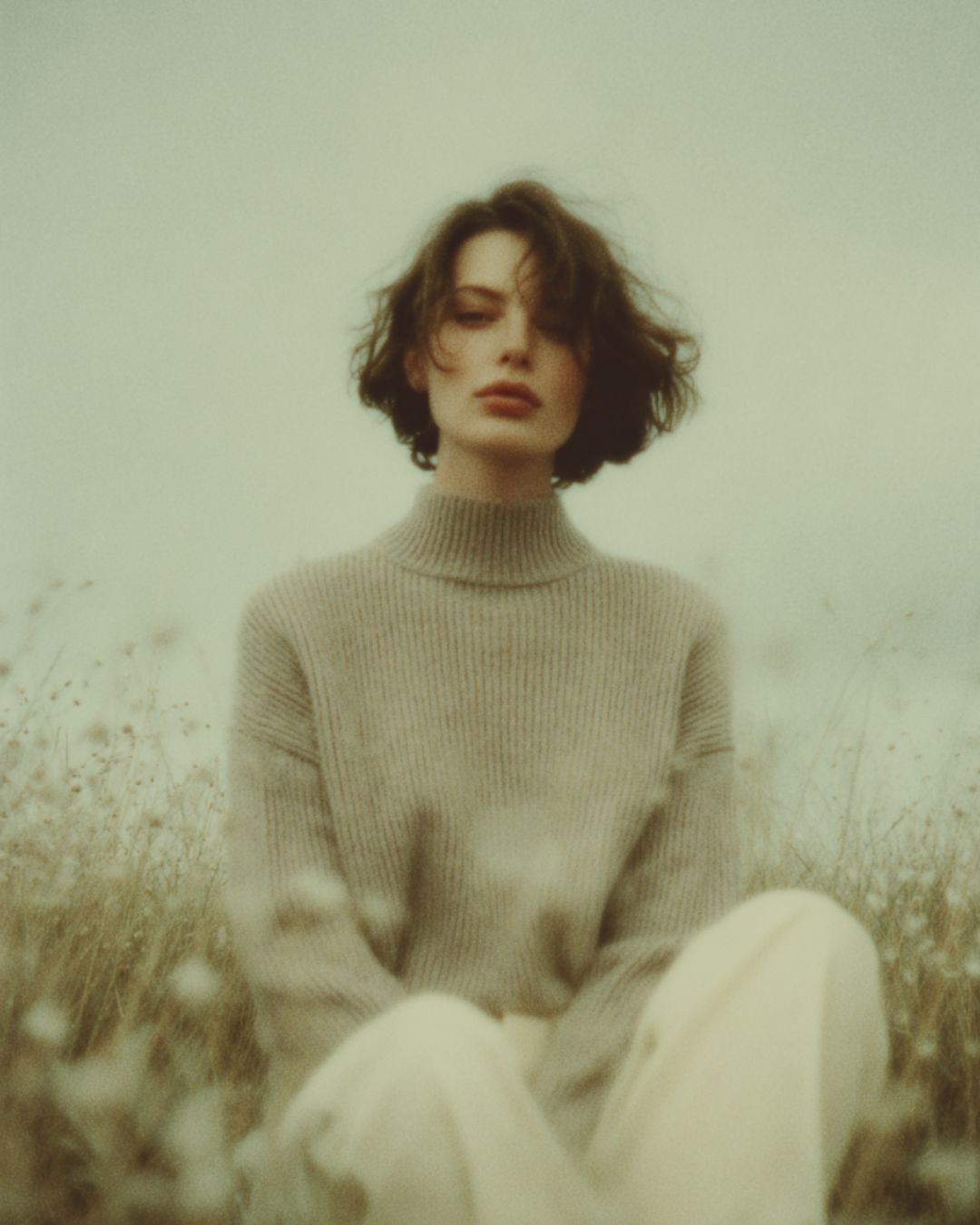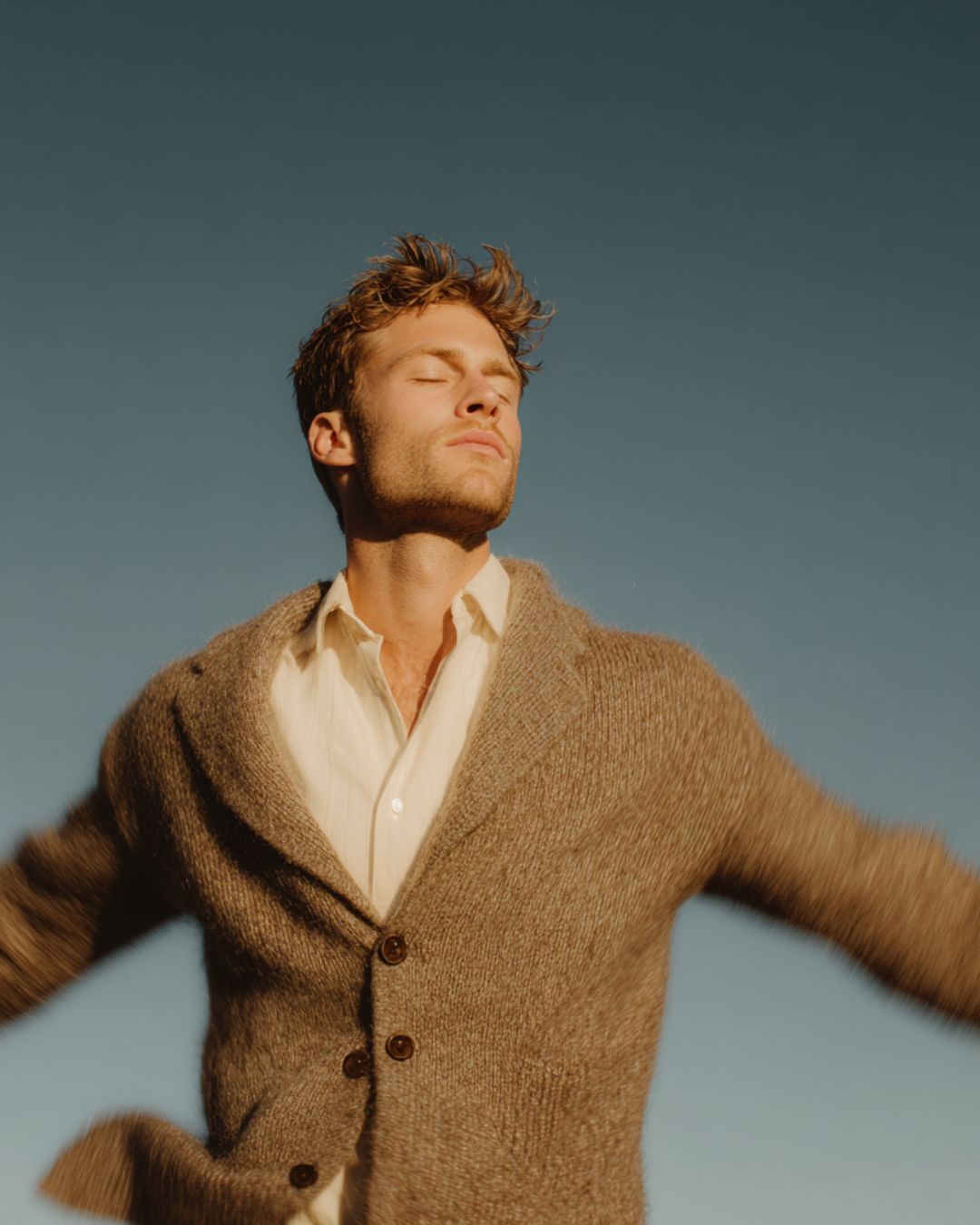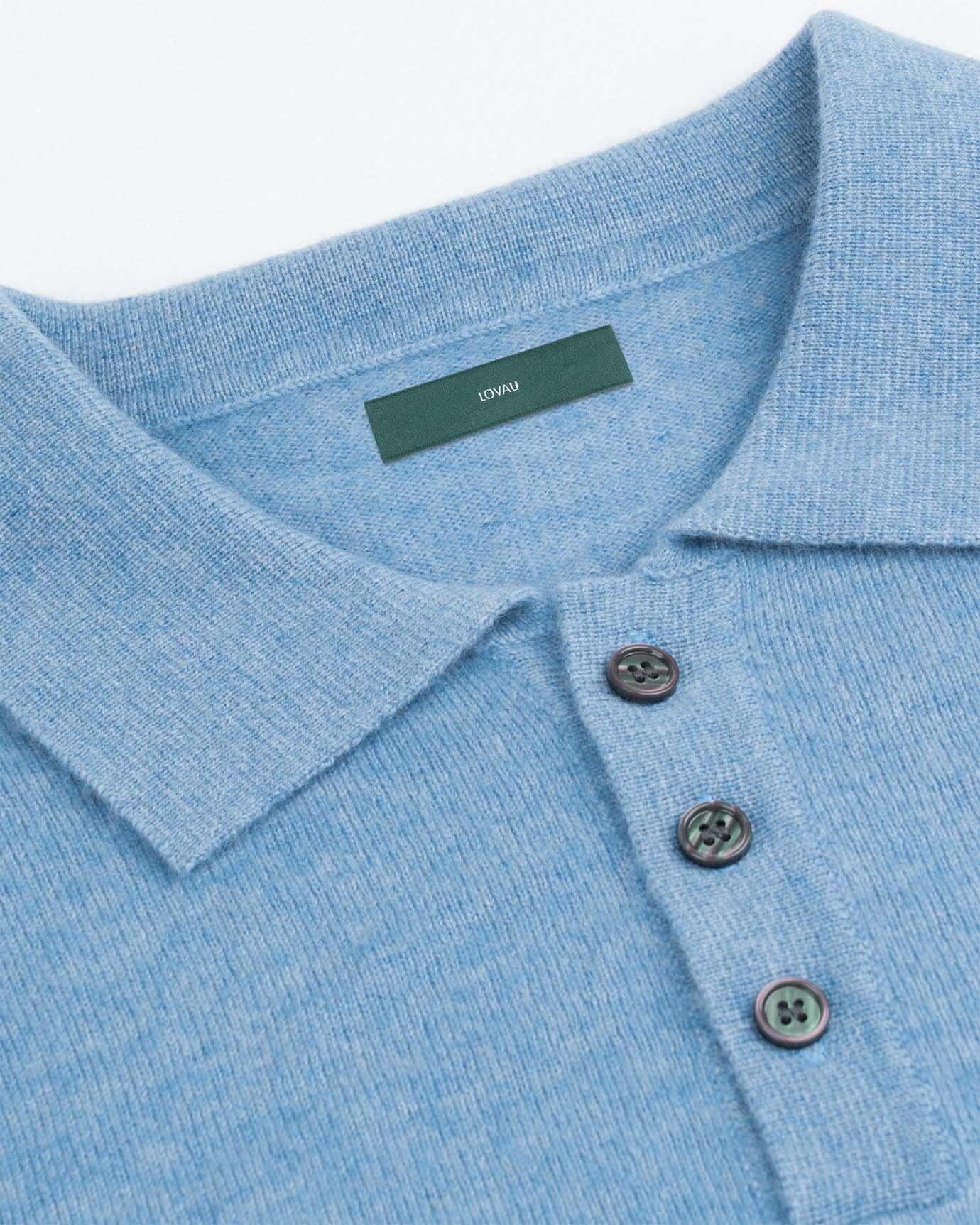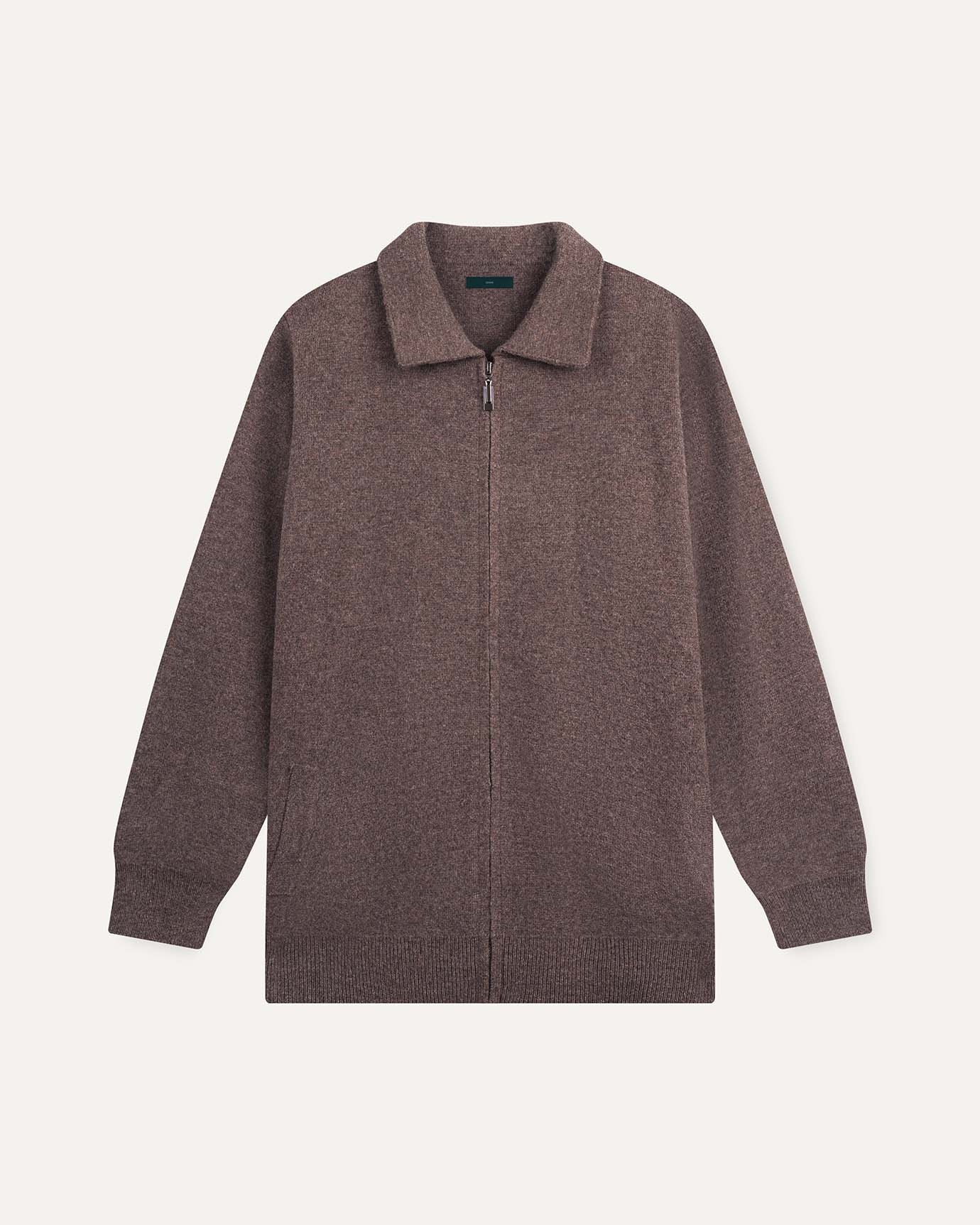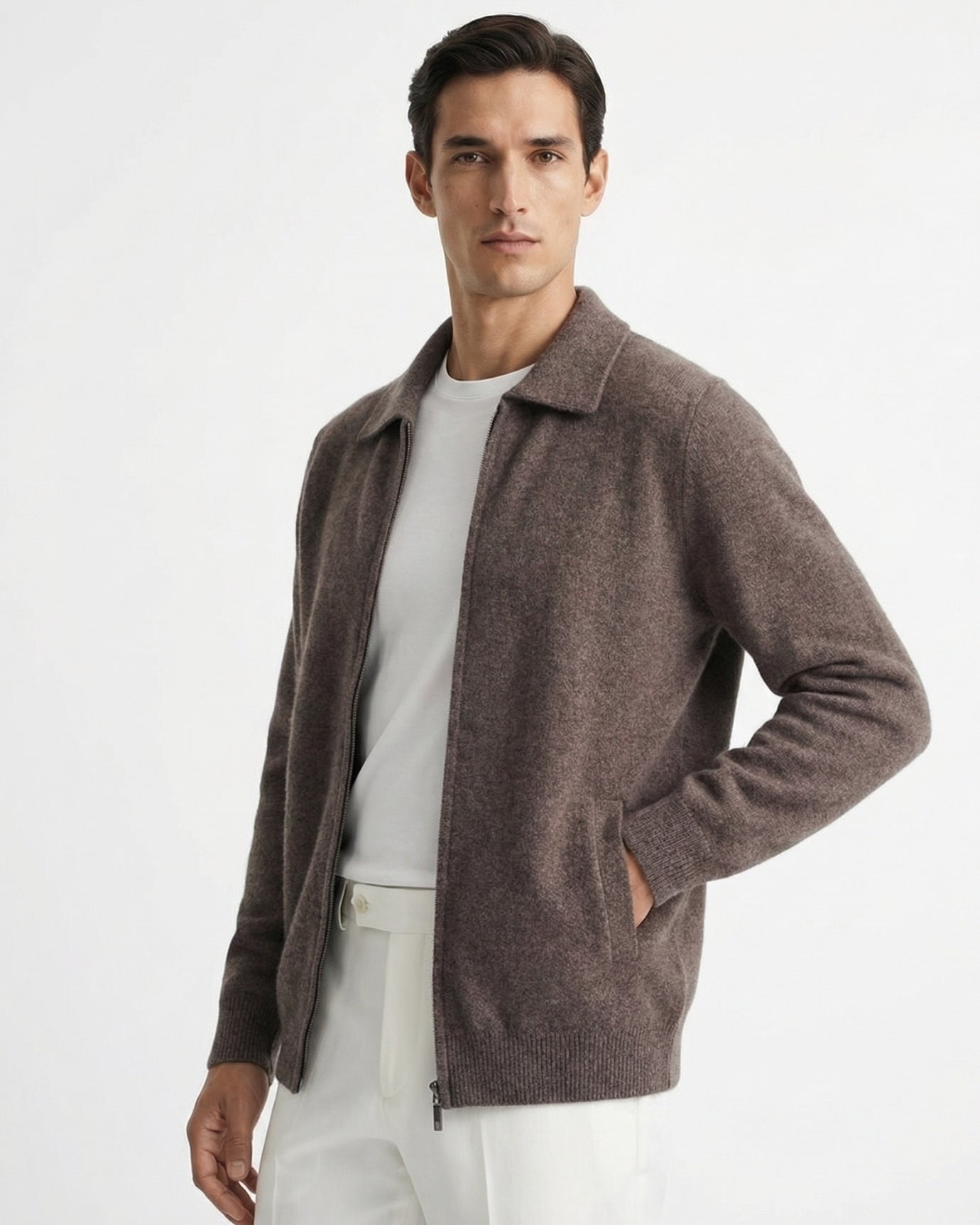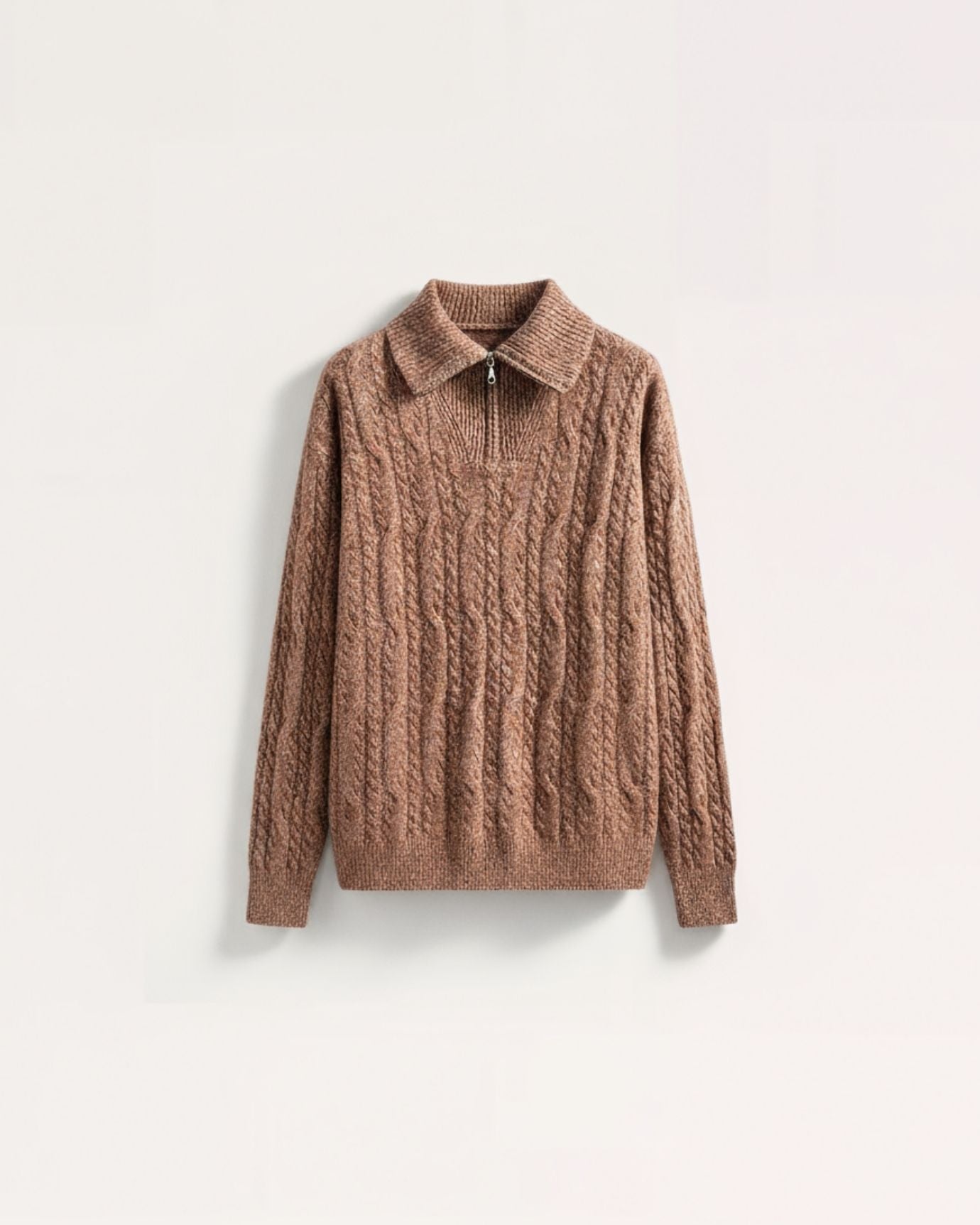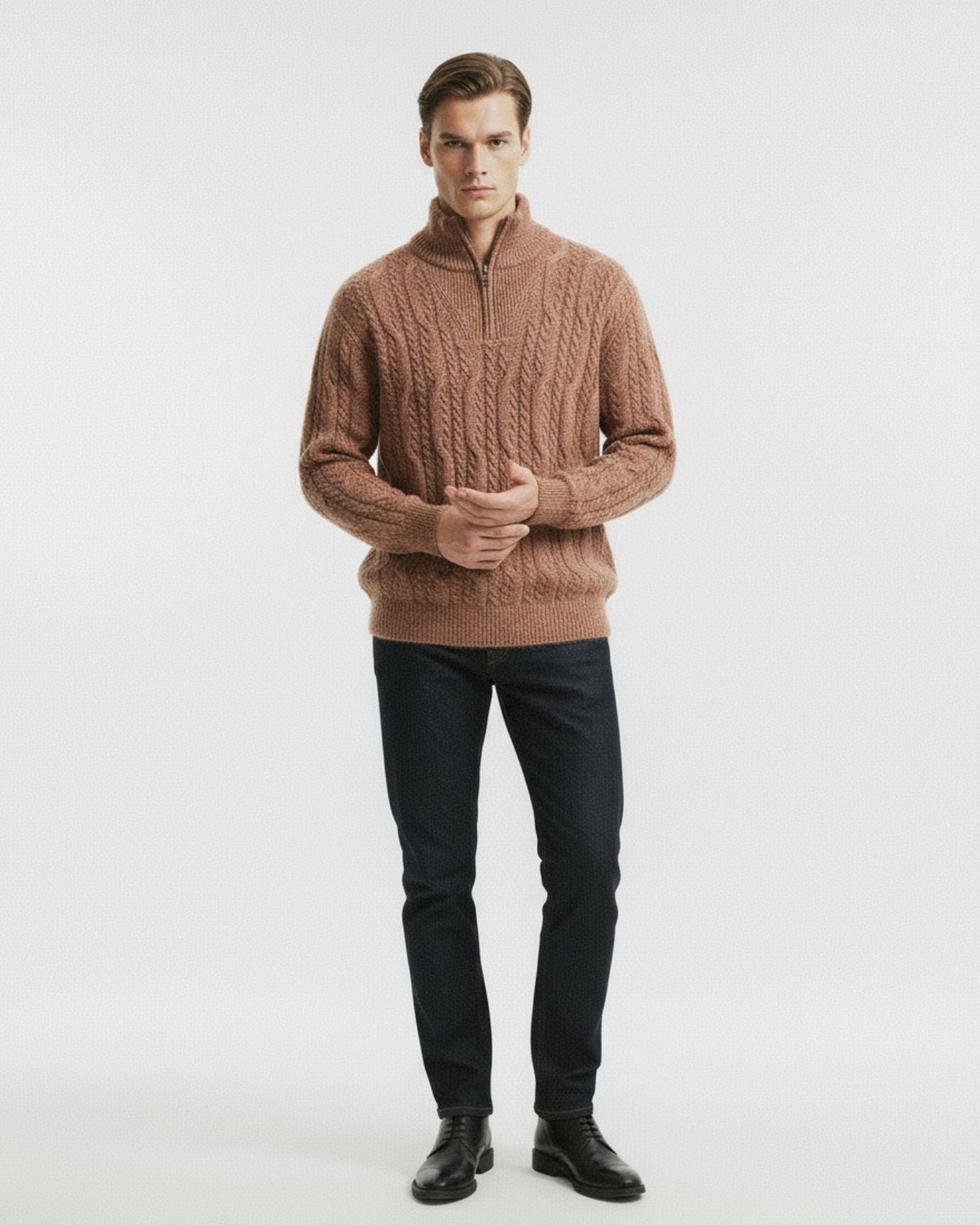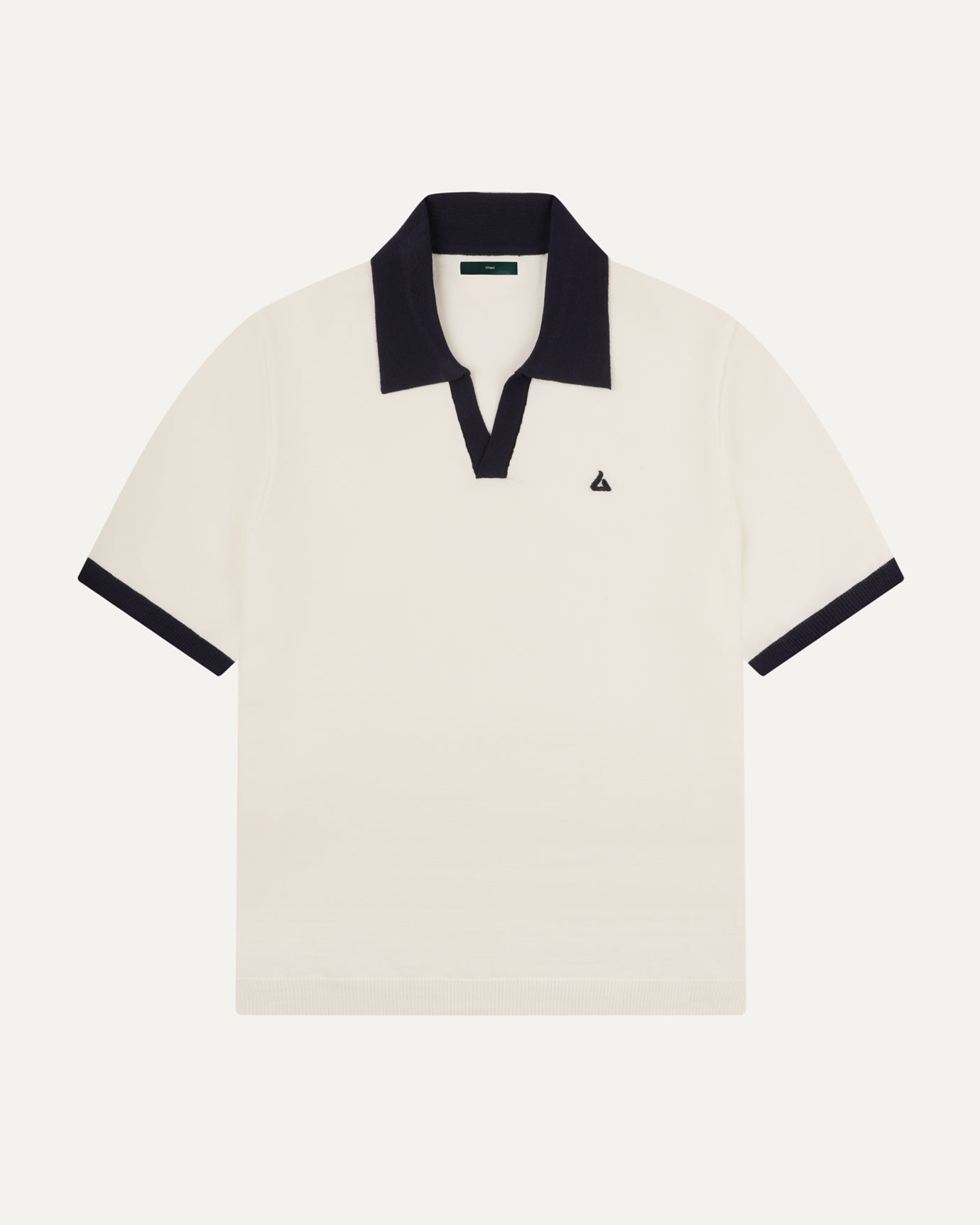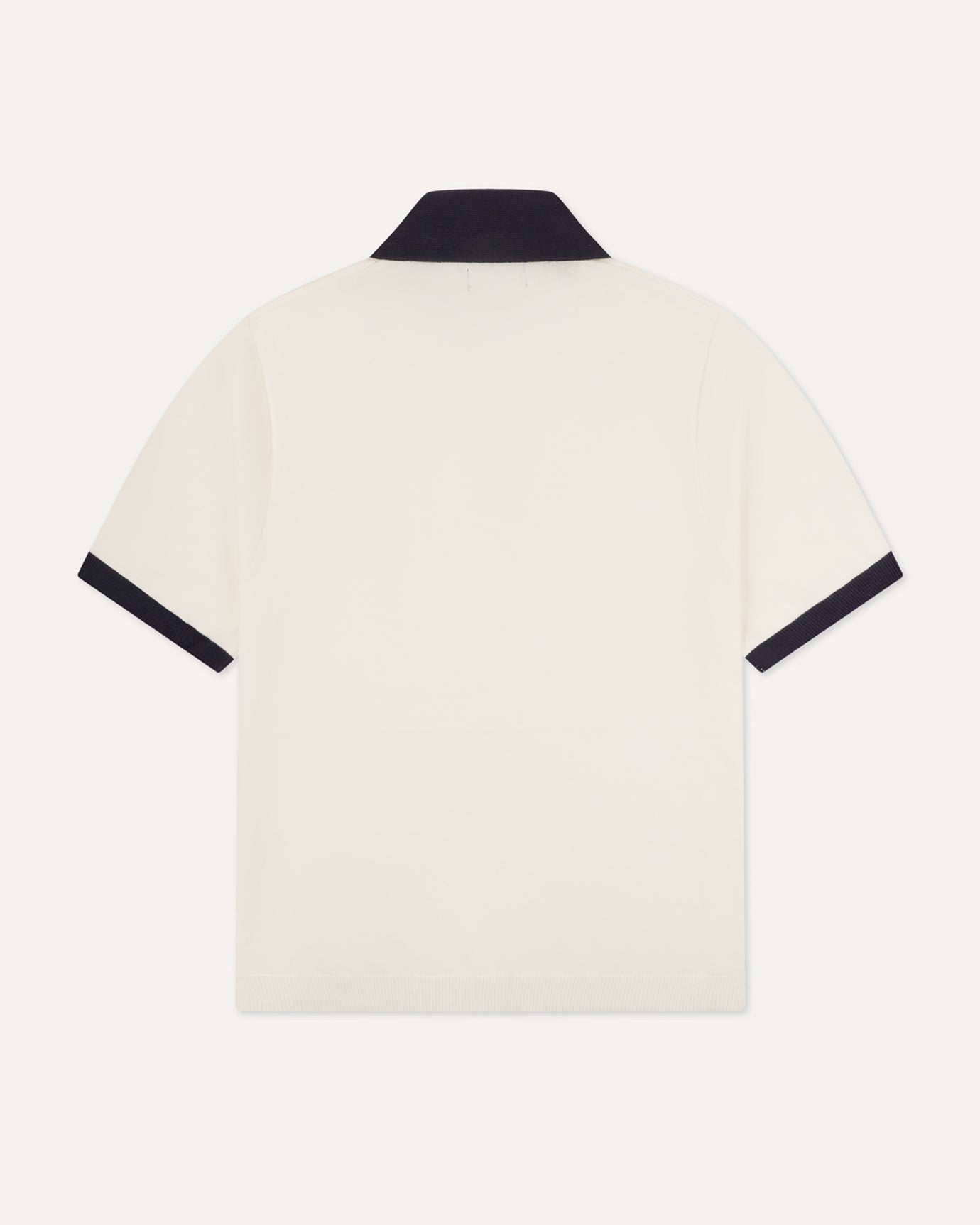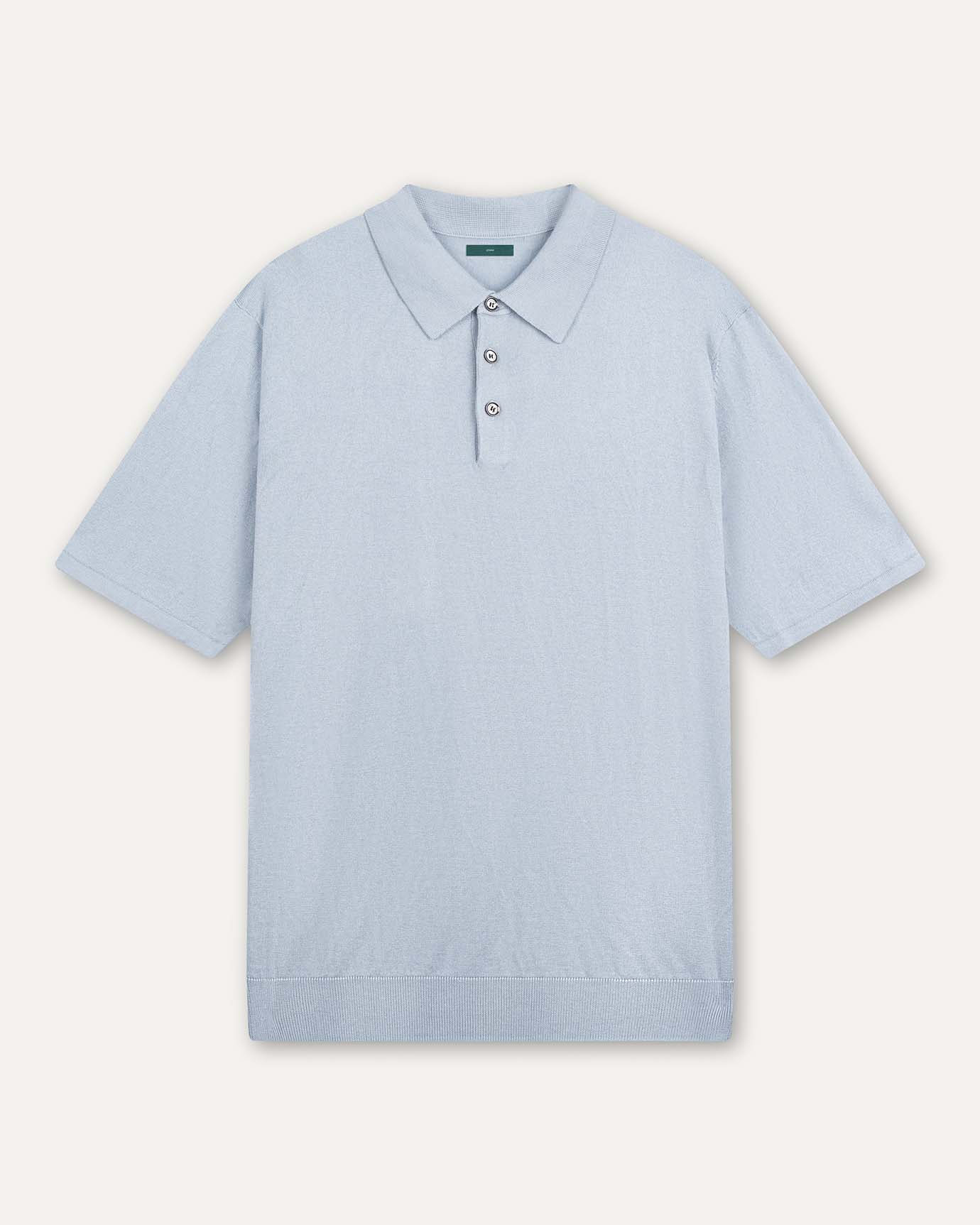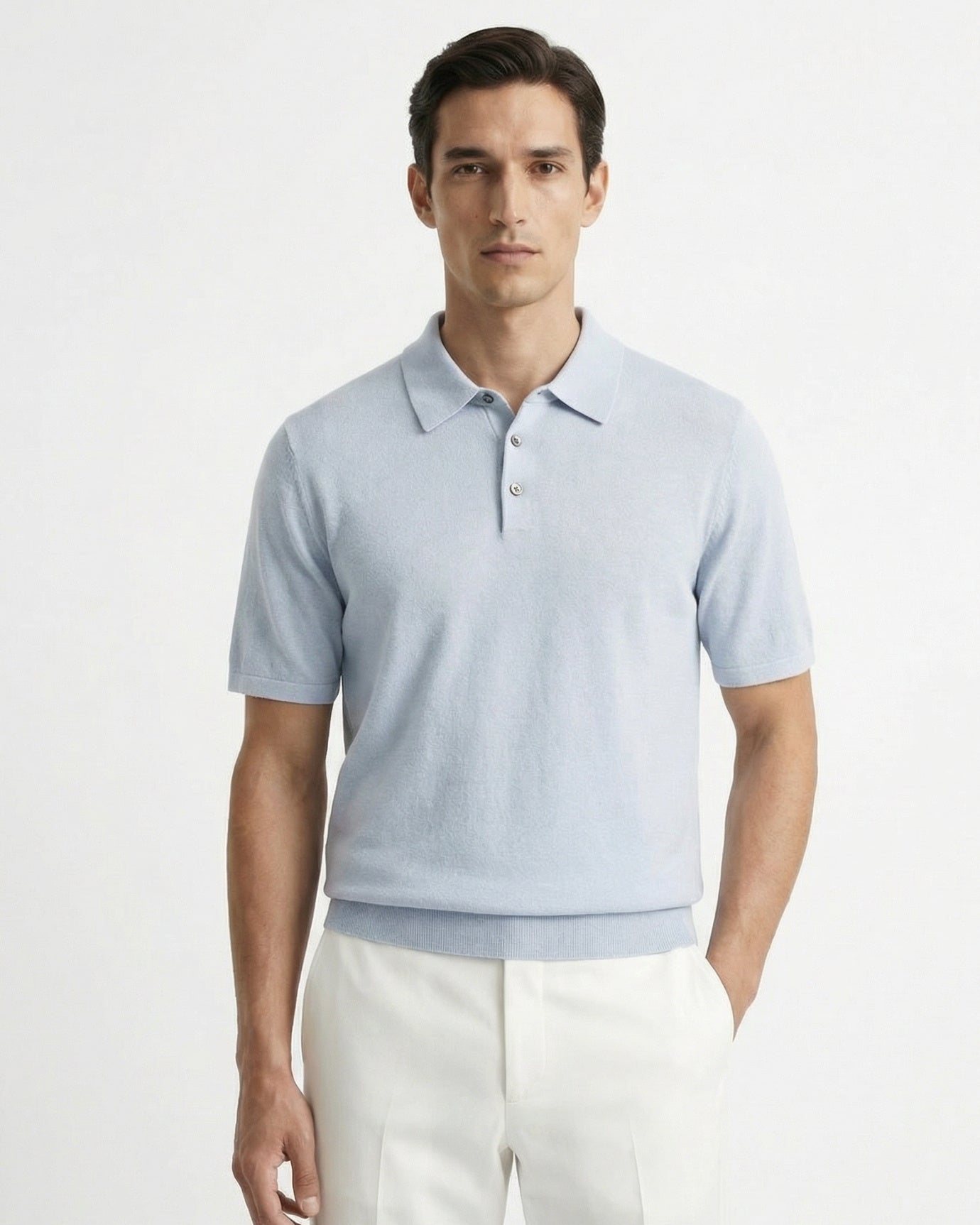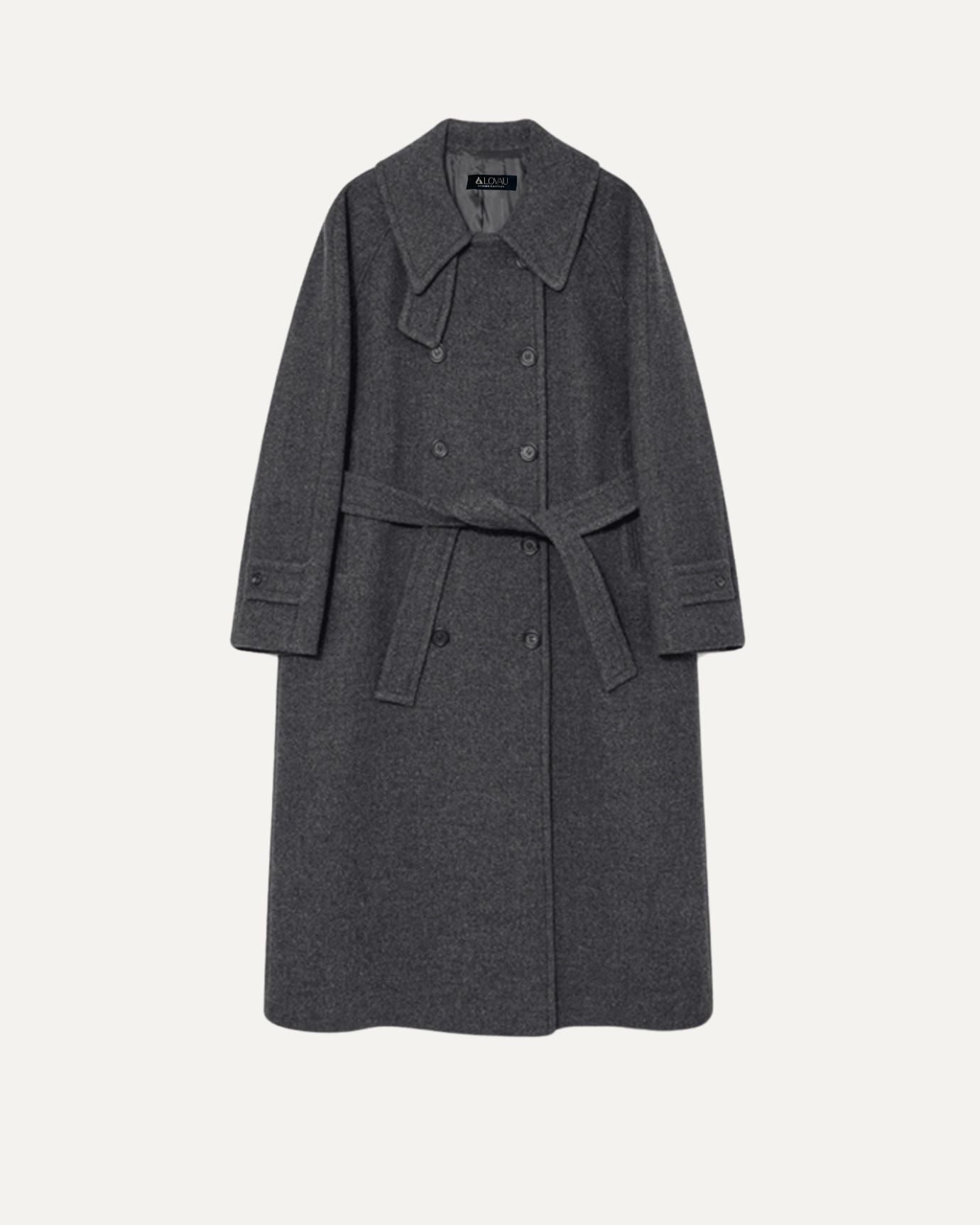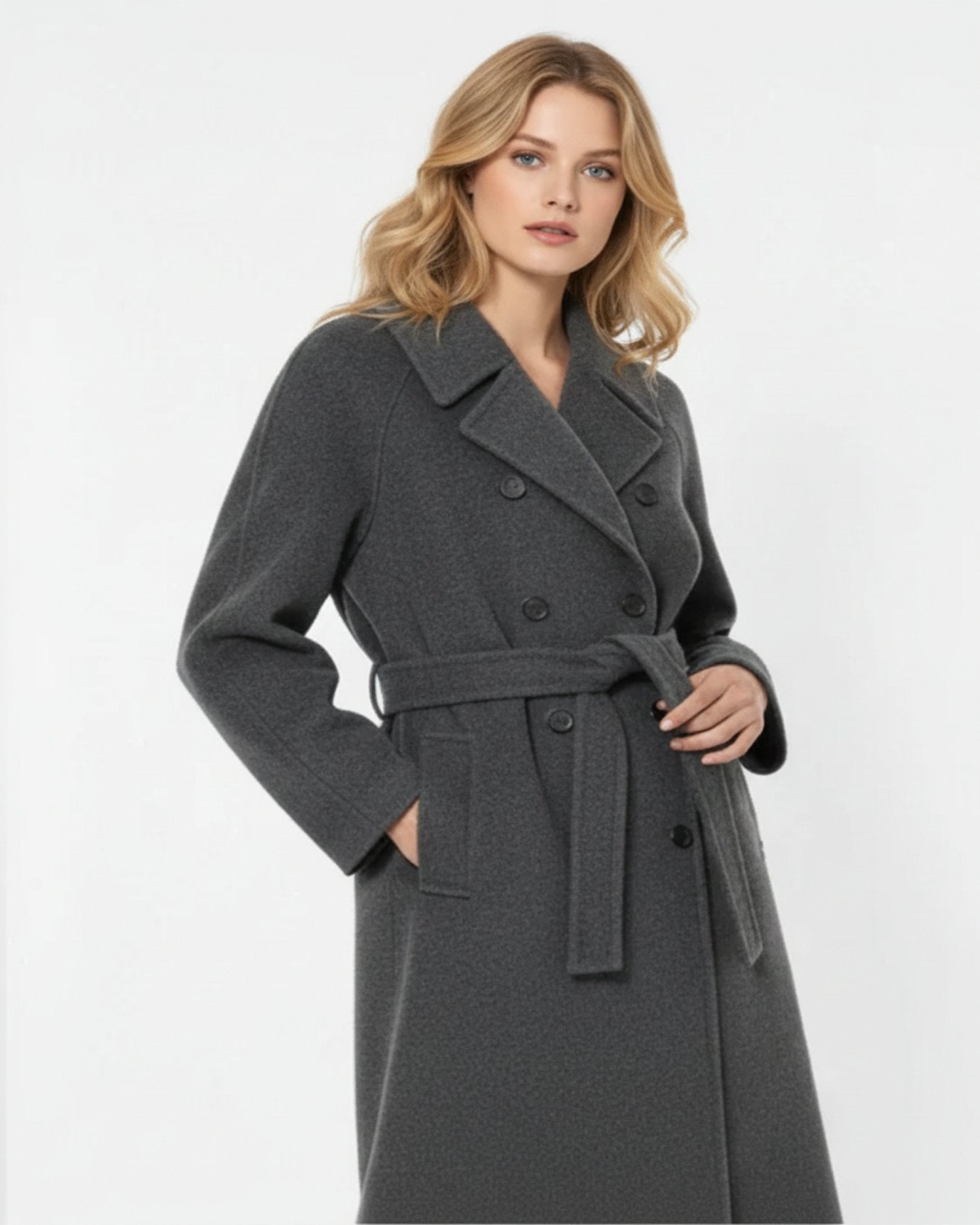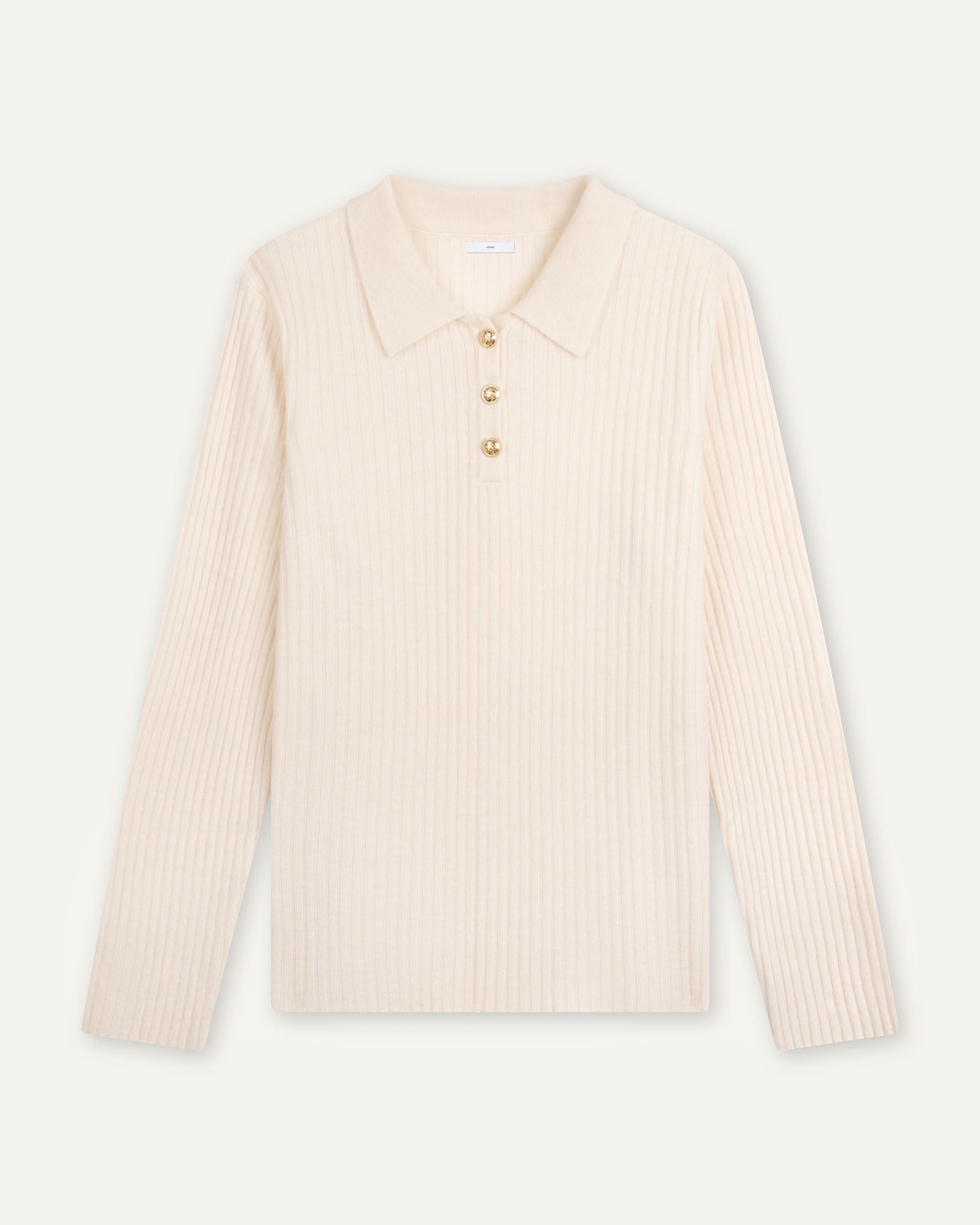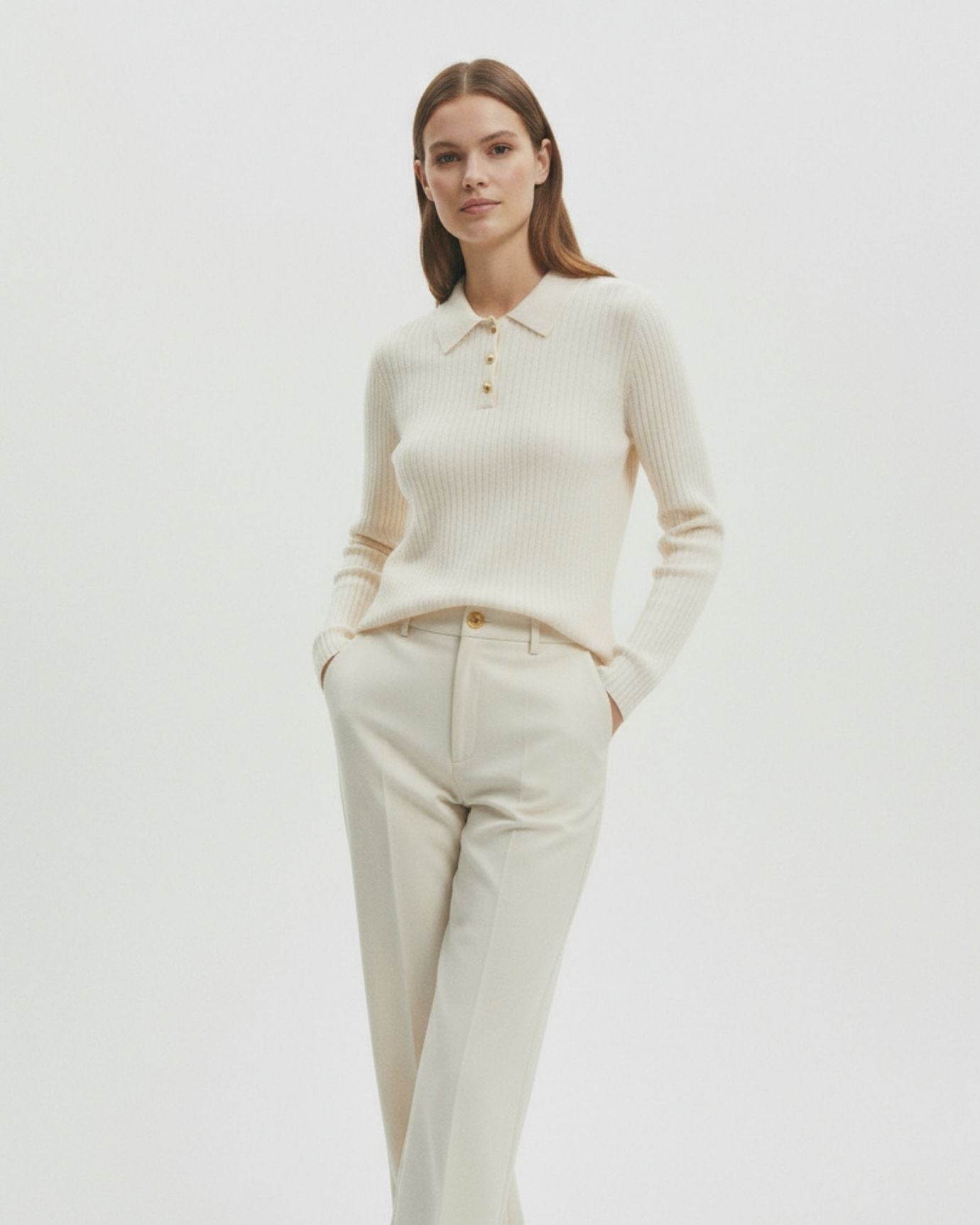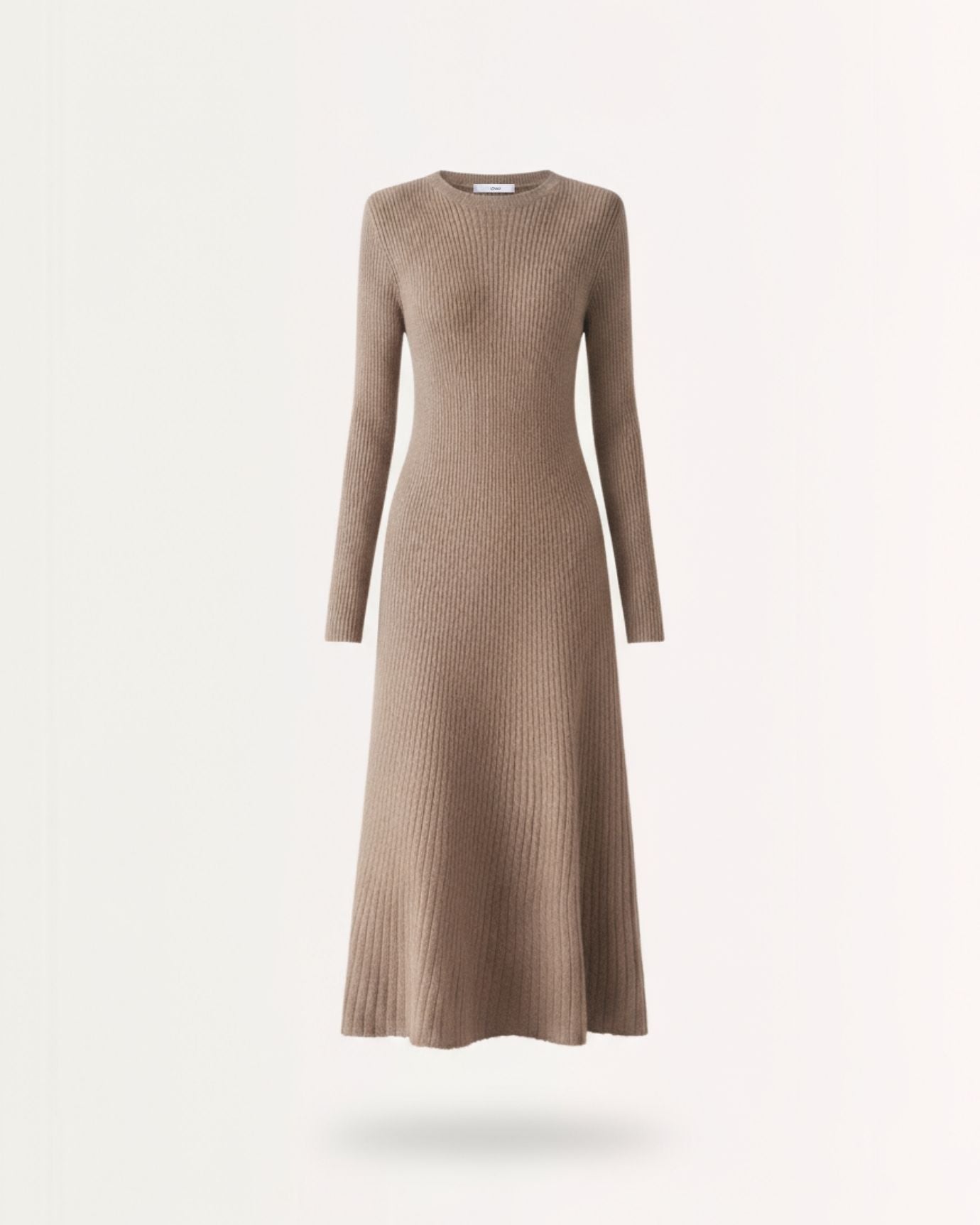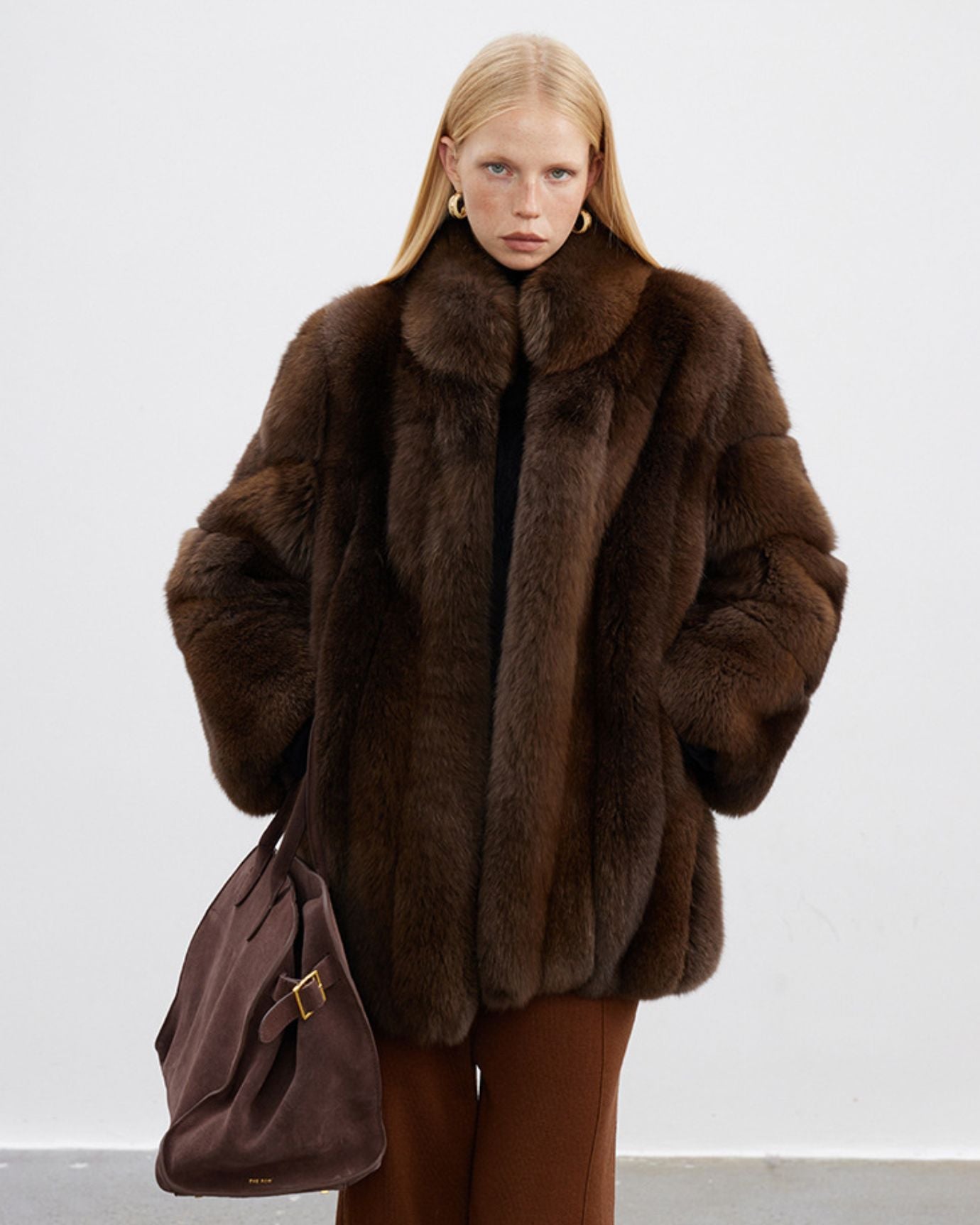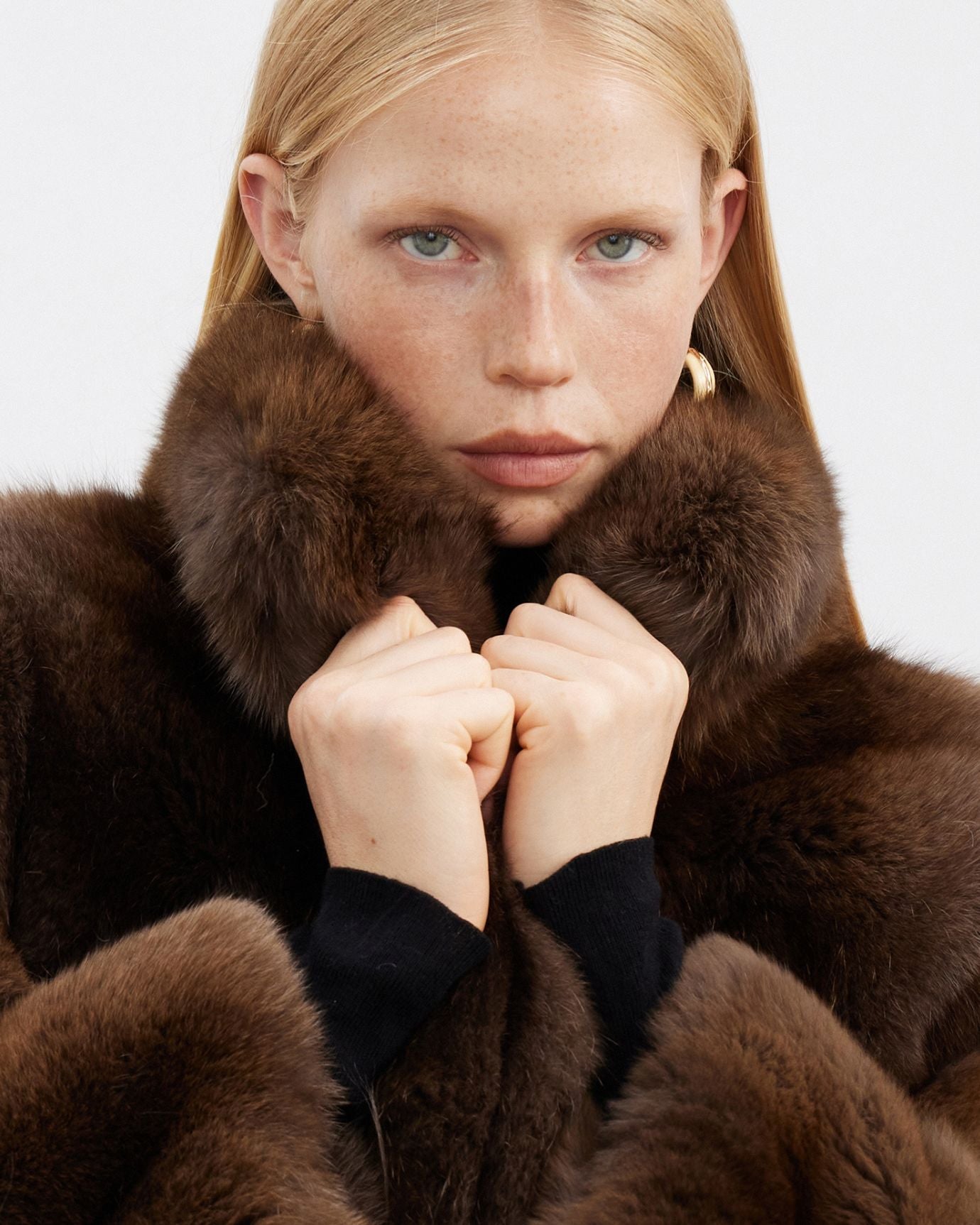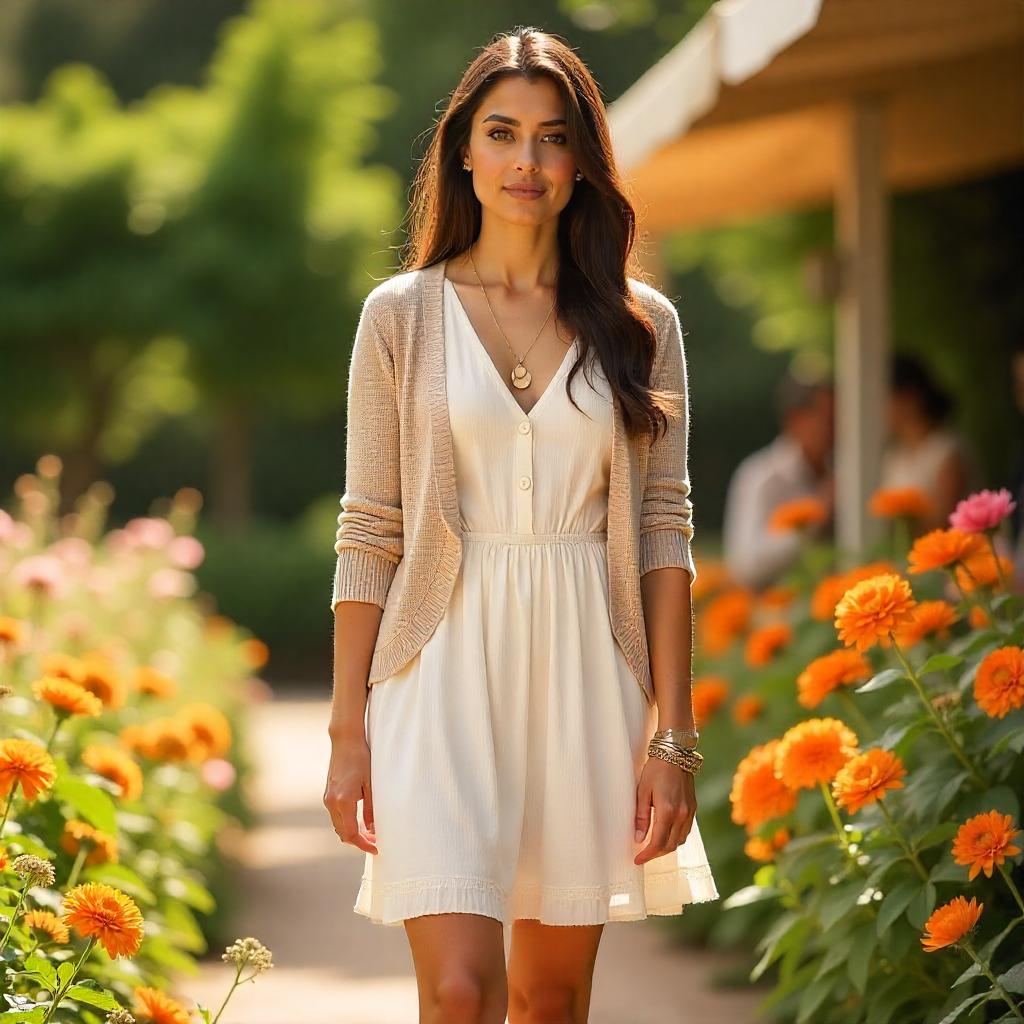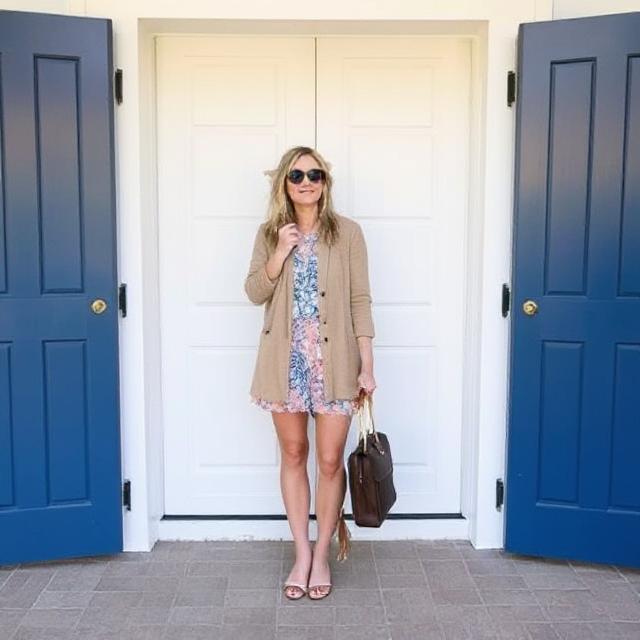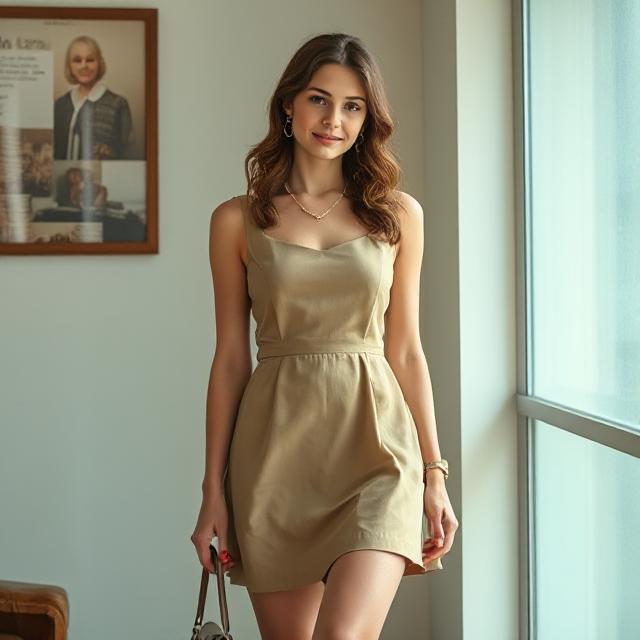
How to Mix Vintage with Modern for the Old Money Effect
Old money fashion thrives on timelessness. It’s not just about wearing designer labels — it’s about creating an aura of heritage, elegance, and authenticity. But how do you recreate this look in 2025, especially when most wardrobes are filled with modern fast fashion pieces?
The answer lies in balance. By artfully combining vintage treasures with current minimalist trends, you can curate an old money aesthetic that feels both sophisticated and relevant. This guide will show you how to blend eras without looking like you're wearing a costume, unlocking the quiet power of restraint in your everyday style.

Why Old Money Style Isn’t Just a Trend
Old money style has endured because it’s built on values like quality, longevity, and timeless elegance. The aesthetic isn’t concerned with standing out — it’s about blending in gracefully, expressing wealth through subtlety and tradition.
Incorporating vintage pieces into your wardrobe isn’t about nostalgia. It’s about honoring craftsmanship, structure, and materials that modern fashion often overlooks.
The Power of One Statement Piece
When mixing vintage with modern, start with one strong vintage item. A classic tweed blazer, silk scarf, or leather handbag can serve as your outfit’s anchor. Pair it with modern neutrals and clean silhouettes to avoid a costume effect.
One heritage item surrounded by minimal basics creates a strong visual contrast while still feeling cohesive and refined.
Choosing the Right Vintage Pieces
Not all vintage is created equal. Skip the flashy prints and 80s excess. Instead, look for pieces with timeless cuts and neutral palettes. Think trench coats, wool trousers, loafers, and structured blazers. These are wardrobe essentials that never lose relevance.
Quality should always outweigh novelty. Examine stitching, fabric weight, and construction before purchasing.
Balancing Modern Lines with Vintage Textures
Pairing a modern white tee or fitted turtleneck with a vintage houndstooth blazer or pleated skirt is a brilliant way to merge simplicity with history. The juxtaposition of clean lines with rich textures gives your outfit depth and elegance.
Stick to one or two textural elements per outfit to keep the look clean and intentional.
Footwear That Completes the Look
Shoes are the silent foundation of the old money aesthetic. Classic loafers, ballet flats, or leather boots — whether vintage or new — ground your look in heritage. Avoid trendy shoes like chunky sneakers or bold platforms, which can disrupt the refined feel.
Choose quality leather or suede in classic tones like brown, black, navy, or cream.
Accessories: The Quiet Signature
Accessories in old money fashion are small but powerful. A pearl necklace, gold studs, silk scarf, or tortoise sunglasses all reflect quiet wealth. Mix vintage jewelry with minimalist modern outfits to bring in character without losing elegance.
Avoid layering too much. One or two accessories per look maintain the polished, intentional appearance central to the aesthetic.
Keep the Color Palette Neutral
Neutral tones are key. Old money style avoids bright or synthetic colors. Build your outfits around white, beige, cream, navy, olive, and charcoal. These shades allow your vintage items to blend naturally with modern pieces.
Color consistency also makes mixing and matching easier while maintaining a coherent style identity.
Tailoring Makes Everything Work
Whether it’s a modern pair of trousers or a 1960s coat, fit is everything. Even the most expensive garment will look off if it doesn’t fit properly. Tailoring is essential when mixing vintage with modern — it bridges eras and refines the silhouette.
Take the time to adjust hemlines, waistlines, and sleeves. A custom fit is always part of the old money look.
Outerwear: A Vintage Power Move
A camel coat, herringbone trench, or navy wool overcoat instantly signals refinement. Vintage outerwear can elevate a modern outfit in seconds. Layering a structured coat over a basic outfit adds depth and makes you look instantly put-together.
Look for coats with natural fabrics like wool, cashmere, or tweed — they last longer and age beautifully.

Avoid Logos and Flashy Branding
Nothing screams new money more than visible branding. Old money style is logo-free and label-agnostic. Even your modern pieces should reflect simplicity and discretion. Opt for blank staples with high-quality finishes and fabrics.
Your style should never rely on labels to tell the story — let the pieces speak through craftsmanship.
Modern Minimalism: The Perfect Companion
The current wave of minimalist fashion — clean lines, neutral colors, and timeless basics — complements vintage old money pieces beautifully. Wearing a simple knit dress with a vintage coat or a silk blouse with modern high-waist trousers creates balance and elegance.
This is where the old money aesthetic feels most relevant today — not nostalgic, but enduring.
Building a Capsule Wardrobe with Vintage Flair
Invest in 10 to 15 versatile pieces that include both vintage and modern garments. Prioritize coats, knits, trousers, skirts, and blouses that can be mixed and matched. Keep accessories simple and functional. This minimalist mindset is at the heart of true old money fashion.
Your wardrobe should be curated for longevity, not just variety.
Where to Find Quality Vintage Items
While you can find vintage anywhere, focus on consignment stores, estate sales, and reputable thrift shops. Look for brands known for tailoring and timeless style. Avoid anything overly distressed or trend-driven. Select items that feel substantial and intentional.
You’re not just shopping — you’re collecting the building blocks of a lifestyle.
Confidence Ties It All Together
The most important element of the old money aesthetic is attitude. You don’t need generational wealth to dress with class. Carry yourself with quiet confidence and wear your clothes with grace. The blend of vintage and modern only works if it feels authentic to you.
Old money style isn’t about perfection — it’s about consistency, humility, and quiet excellence.

Final Thoughts
You don’t need a trust fund to dress like you have one. The key is curating your wardrobe with care, focusing on timeless quality, and learning how to mix vintage character with modern simplicity. Whether you thrift a silk scarf or invest in tailored trousers, you’re building more than a look — you’re embodying a lifestyle.
With practice, anyone can master the art of modern old money dressing. It's not about what you wear, but how — and why — you wear it.


